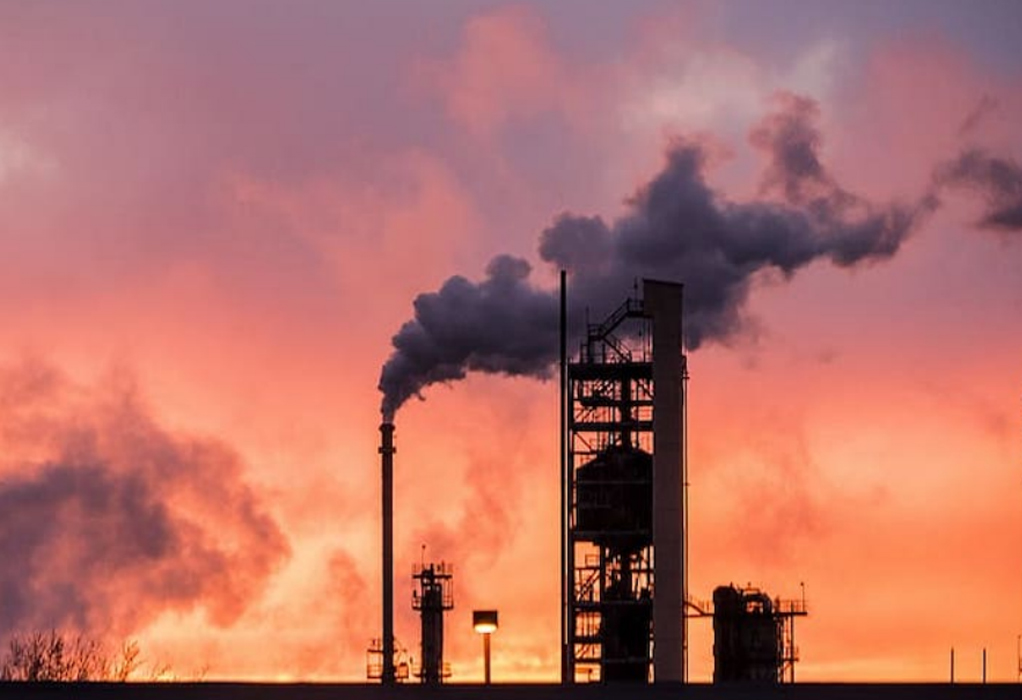Researchers at Rice University’s Carbon Hub are proposing the idea of actually using hydrocarbons to slash carbon dioxide emissions.
In an opinion paper published in the journal Proceedings of the National Academy of Sciences, carbon materials expert Matteo Pasquali and Carl Mesters, retired chief scientist for chemistry and catalysis at Shell, propose splitting hydrocarbon molecules into hydrogen and solid carbon. The hydrogen could be used as a clean-burning fuel that produces no carbon dioxide, while the solid carbon could become a cheap and plentiful source of high-performance materials used by a wide range of industries.
“Each year, we pull more than 10 billion tons of carbon from the ground in the form of oil, coal, and natural gas,” Pasquali said. “That activity accounts for 7% of the global economy, and we need all possible sources of hydrogen. We can keep producing those hydrocarbons as long as we don’t burn them.”
According to the scientist, the technology already exists to both split hydrocarbons and make solid carbon materials for broad industry adoption. He has studied carbon nanotubes for almost two decades and pioneered methods for spinning the nanomaterials into sewable, threadlike fibers that conduct electricity as well as copper.
Pasquali argues that since the know-how is there, the issue is now the efficient scalability of the manufacturing processes so that these new materials can compete with metals on price.
“If high-performance carbon materials were plentiful enough to compete with metals in terms of price, market forces would take over and we could eliminate metals that today require 12% of our annual global energy budget to mine, process, and refine,” the expert said.
n the scientsts’ view, the transition to a world where hydrocarbons are split rather than burned has the potential to generate robust growth in manufacturing jobs, most of which will stay at the local level where oil and gas are already established.
“We’re in a position similar to solar energy a few decades ago: We know we can deliver performance, but manufacturing and scale have to improve to drive costs down,” Pasquali said. “We must get there faster than solar did.”




Recent Posts
Scandlines Nears Delivery of Zero Emissions Ferry Following Successful Sea Trials
India faces emission roadblocks with rising net-zero demands
Green Energy Resources invests in two electric Liebherr LHM 550
NYK Launches Continuous Use of Bio LNG Fuel on Car Carriers to Advance Decarbonization Goals
Yang Ming Expands Fleet with Methanol and LNG Dual-Fuel Vessels Under Fleet Optimization Plan
ClassNK Advocates Speed Gap Monitoring to Optimize Fuel Efficiency in Heavy Weather
Wärtsilä’s retrofit package for the Corsica Linea ferry Pascal Paoli has resulted in fuel savings of up to 22 percent Corsica Linea
COSCO Shipping Names Second Methanol Dual-Fuel Containership in Yangzhou